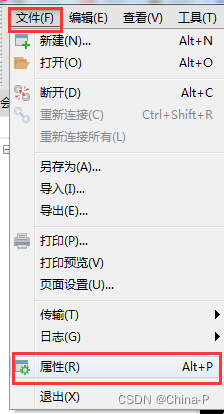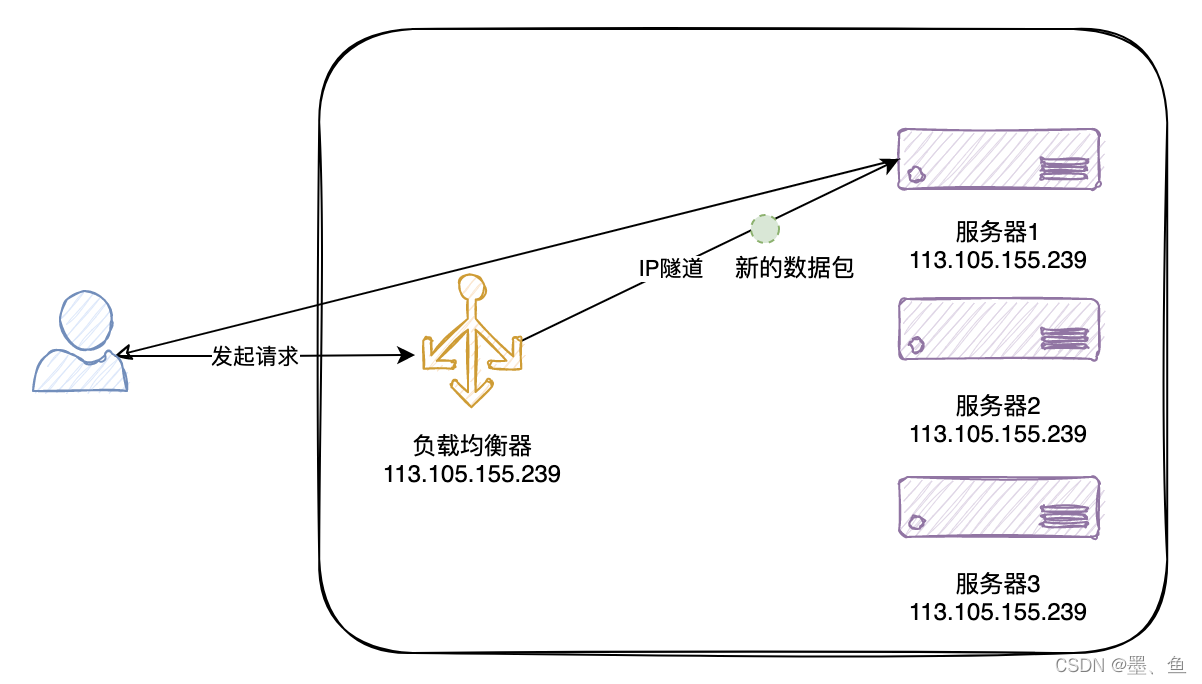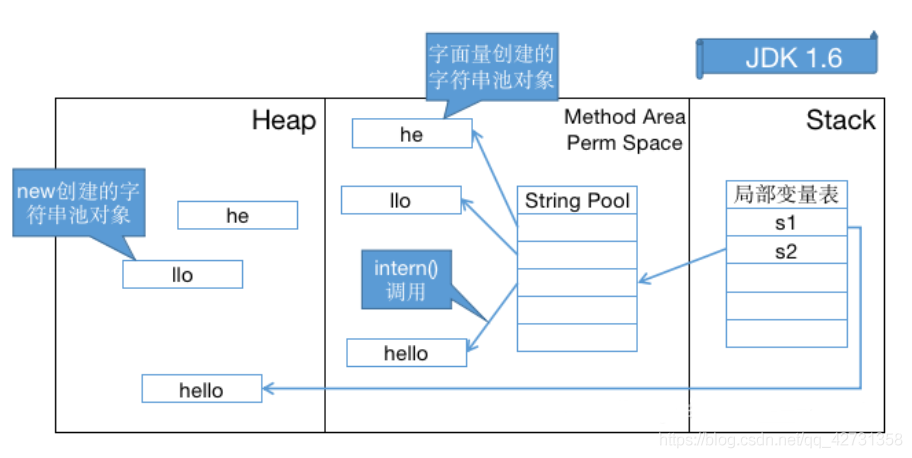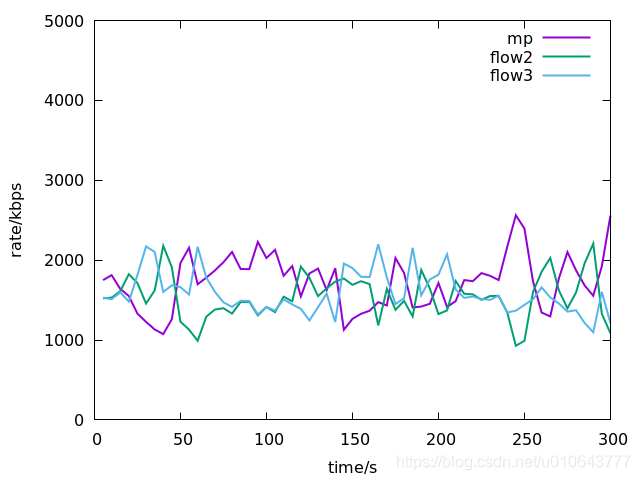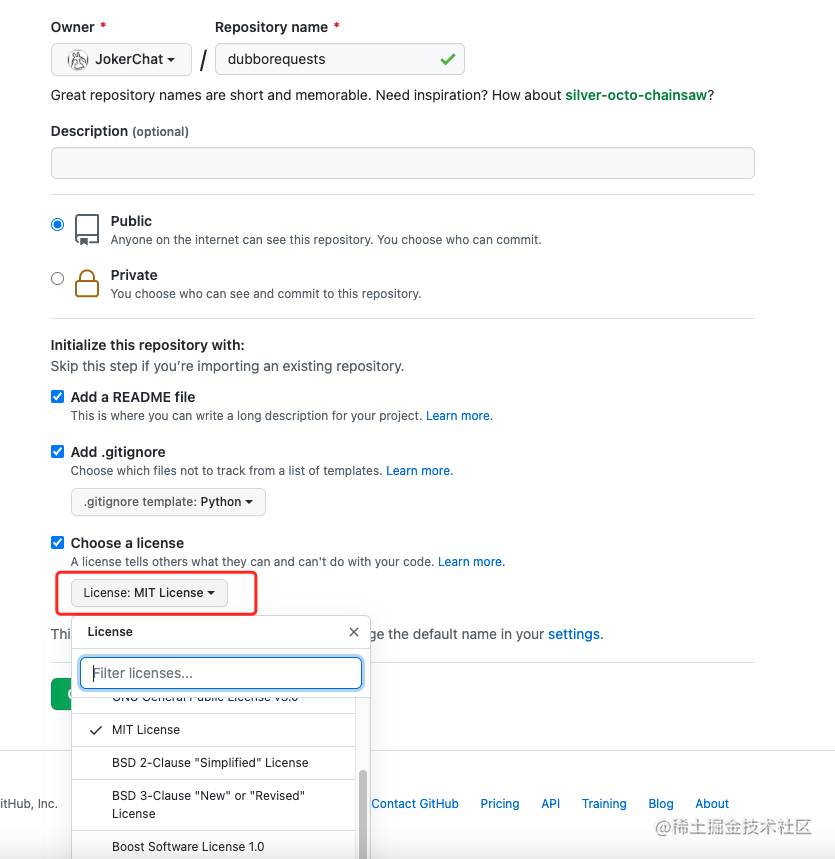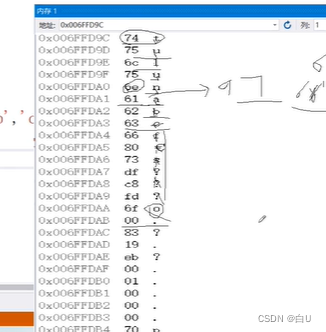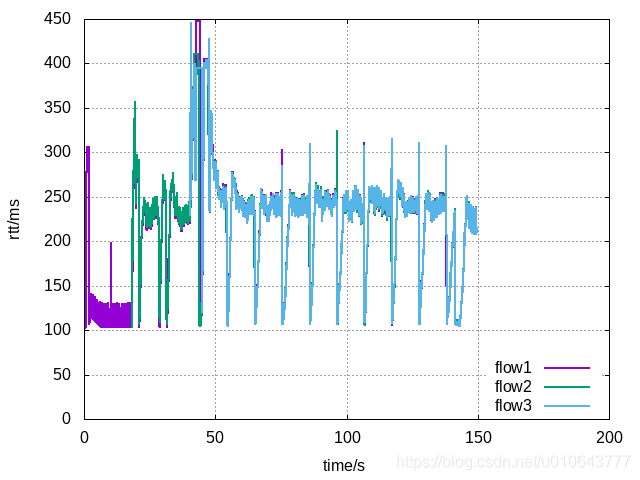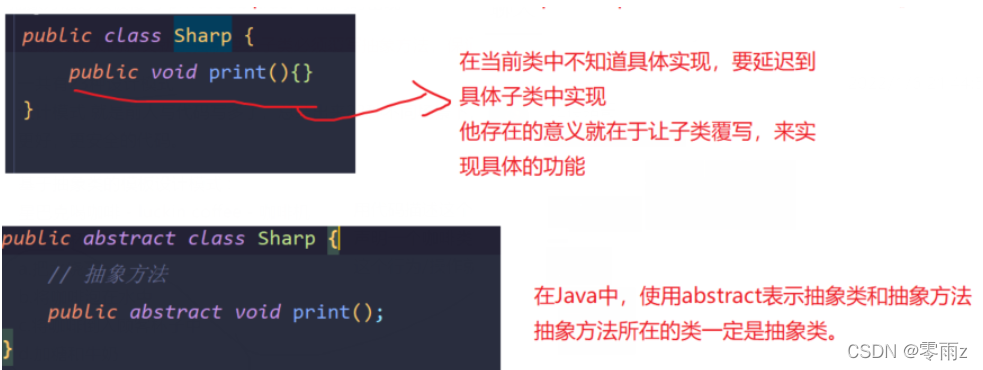当前位置:网站首页>为什么 RTP 的视频的采样率是 90kHz ?
为什么 RTP 的视频的采样率是 90kHz ?
2022-08-02 14:16:00 【freeabc】
-----------------------------------------------------------------------------------------------------------------------------------------
一分钟快速搭建 rtmpd 服务器: https://blog.csdn.net/freeabc/article/details/102880984
软件下载地址: http://www.qiyicc.com/download/rtmpd.zip
github 地址:https://github.com/superconvert/smart_rtmpd
-----------------------------------------------------------------------------------------------------------------------------------------
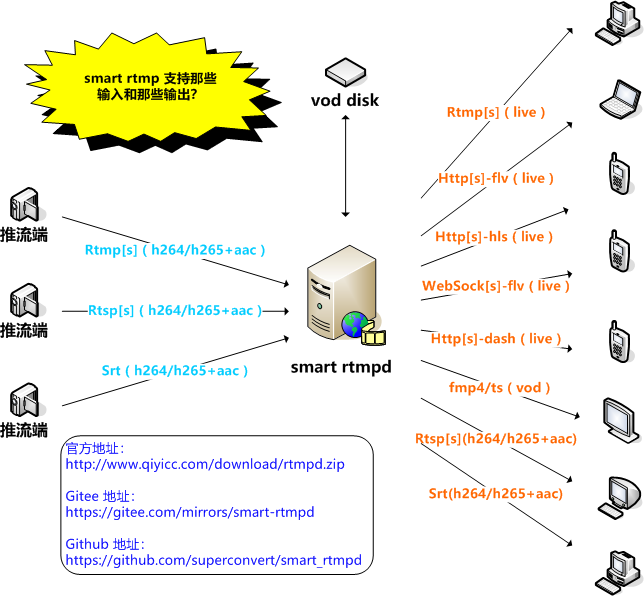
为什么 RTP 的视频的采样率是 90kHz ?
其实我原来一直也有这个疑问,网上也有些解释,感觉有点太牵强,不完善。今天我就来和大家说一说这个的来历。
那怎么样才更具有说服力呢?当然是引经据典,参看我们的 RFC 了。
其中 rfc3551 中,第 5 小节,是这么介绍的。
5. Video
The following sections describe the video encodings that are defined
in this memo and give their abbreviated names used for
identification. These video encodings and their payload types are
listed in Table 5.
All of these video encodings use an RTP timestamp frequency of 90,000
Hz, the same as the MPEG presentation time stamp frequency. This
frequency yields exact integer timestamp increments for the typical
24 (HDTV), 25 (PAL), and 29.97 (NTSC) and 30 Hz (HDTV) frame rates
and 50, 59.94 and 60 Hz field rates. While 90 kHz is the RECOMMENDED
rate for future video encodings used within this profile, other rates
MAY be used. However, it is not sufficient to use the video frame
rate (typically between 15 and 30 Hz) because that does not provide
adequate resolution for typical synchronization requirements when
calculating the RTP timestamp corresponding to the NTP timestamp in
an RTCP SR packet. The timestamp resolution MUST also be sufficient
for the jitter estimate contained in the receiver reports.
For most of these video encodings, the RTP timestamp encodes the
sampling instant of the video image contained in the RTP data packet.
If a video image occupies more than one packet, the timestamp is the
same on all of those packets. Packets from different video images
are distinguished by their different timestamps.
Most of these video encodings also specify that the marker bit of the
RTP header SHOULD be set to one in the last packet of a video frame
and otherwise set to zero. Thus, it is not necessary to wait for a
following packet with a different timestamp to detect that a new
frame should be displayed.
从上文我们可以看到 90 kHz 等同于 MPEG 呈现时间戳频率。同时 90 kHz 满足
多种制式以及频段时间戳增长为整数的需要,目的就是减少时间戳偏差。同时 90 kHz
也满足 RTCP SR 计算 NTP 同步的需要,也满足接收报告中 jitter 的估算。
简而言之一句话:90 kHz 就是 RTP 视频时间戳的天选之子!
边栏推荐
猜你喜欢
随机推荐
【线程安全】用户级,内核级,组合级线程|线程同步的处理(条件变量)|strtok_r(可冲入函数)
【solidity智能合约基础】节约gas的利器--view和pure
【线程网络】了解线程属性(fork/interview question)
光波导k域布局可视化(“神奇的圆环”)
GC垃圾收集器G1
排序方法汇总(C语言)
分布式一致性协议-Gossip
HCIE学习记录——数通网络基础
Xrdp 体验优化
Oauth2.0 custom response values and exception handling
【软件测试】用例篇
炒鸡好用的音乐平台(插件)
VMware 安装openwrt
【软件测试】测试基础讲解
分布式一致性协议-Raft
Oauth2.0 认证服务器搭建
char array/string array|array pointer/pointer array/
【进程间通信】信号量的使用/共享内存
从FAST TCP到POWERTCP
Mysql理解MVCC与BufferPool缓存机制
